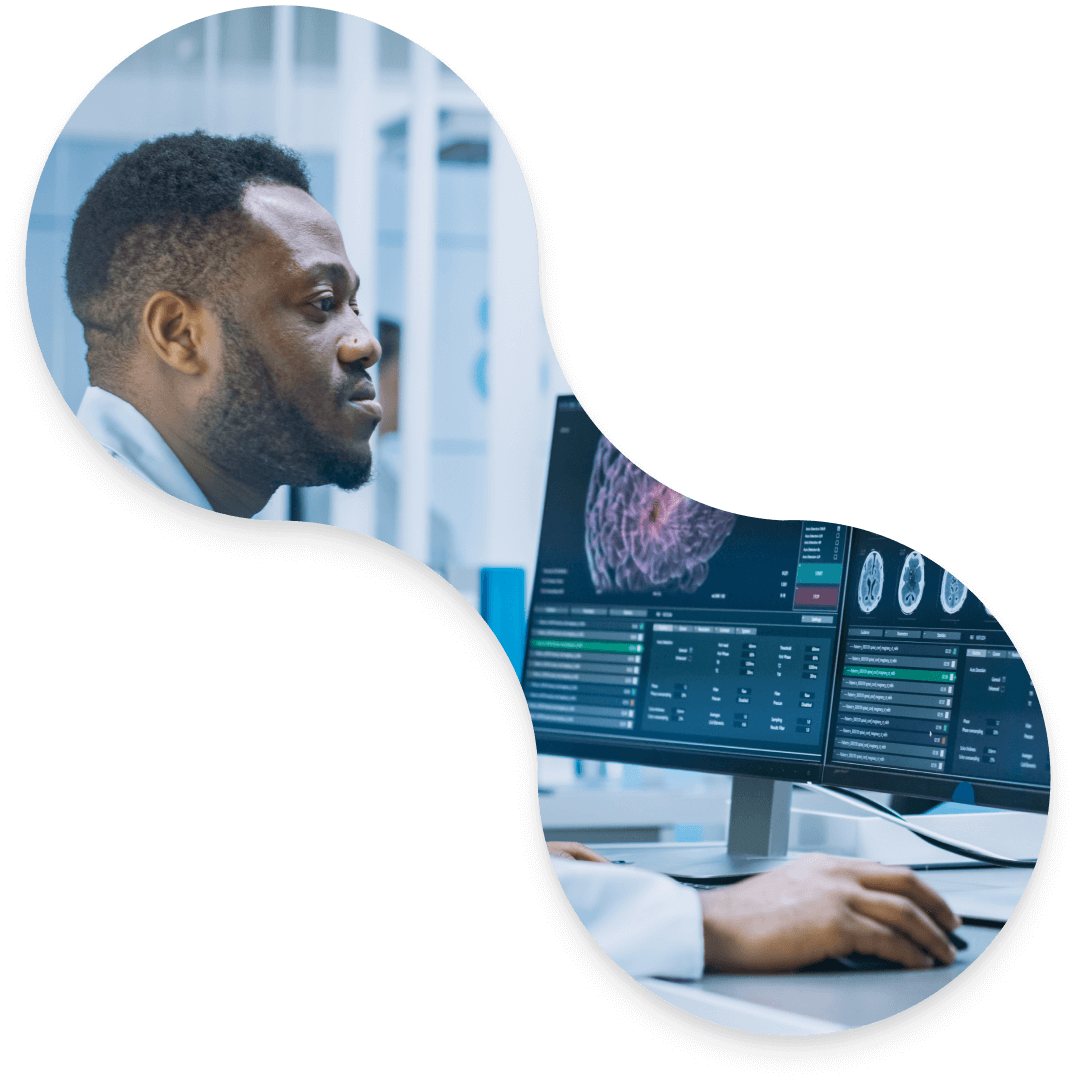The Science of Neuroplastogens
The Delix brain health revolution
We are dedicated to healing the brain where it matters most.

Transforming brain health with neuroplasticity
Our scientists are pioneering a novel class of therapeutics known as neuroplastogens. These compounds harness the brain's ability to regrow and reform lost connections, a process known as neuroplasticity.
Our neuroplasticity platform generates compounds that target select circuits dysregulated in pathology to precisely rewire key areas of the brain.
Non-hallucinogenic neuroplastogen
Neuroplastogens are quickly becoming the gold standard in circuit-based approaches for improving neurological conditions. However, first-generation neuroplastogens—such as ketamine or psilocybin—or their second-generation counterparts—such as Spravato or COMP360—have characteristics that may cause unwanted reactions, including abuse liability, cardiovascular effects, and hallucinogenic properties. This drastically increases the complexity and cost of administering these therapeutics and limits the population of treatable patients.
At Delix, we are eliminating unwanted effects to improve safety and expand the addressable patient population. Our third-generation neuroplastogens are non-hallucinogenic, non-cardiotoxic, and vastly expand the potential for these potent therapies to reach a wider range of patients.
Our neuroplastogen discovery platform has generated hundreds of promising compounds based on ten psychedelic scaffolds and is continuing that evolution past psychedelics into broad new chemical spaces.

The neuroplastogen effect
Neuroplastogens are part of a novel class of compounds that are capable of rapidly promoting structural and functional neuroplasticity. Notable neuroplastogens include the classic psychedelics, such as psilocybin and LSD, and glutamatergic compounds, such as ketamine. The most useful neuroplastogens will be the ones capable of promoting plasticity in a circuit-specific manner and not indiscriminately (across the brain)—allowing for a more targeted approach, and those which minimize unwanted effects, such as hallucinations or dissociation. Delix is at the forefront of developing neuroplastogens to achieve this goal.
Neuroplastogens induce neuroplasticity and help to restore circuits
- 1
Atrophy and withering
in selective neural circuits leads to pathology

- 2
Plastogens stimulate
pathways to help induce neuroplasticity

- 3
Neural circuits
are restored by inducing persistent neuroplasticity
